Table of Contents
- 1. Explore the Best Beaches in the Philippines
- 2. Go Island Hopping in the Philippines
- 3. Discover the Historical and Cultural Landmarks in the Philippines
- 4. Experience Adventure Activities in the Philippines
- 5. Indulge in Filipino Cuisine
- 6. Discover the Hidden Gems of the Philippines
- 7. Enjoy Snorkeling and Diving in the Philippines
- 8. Visit the Historical Town of Cebu
- 9. Unwind in the Natural Wonders of the Philippines
- 10. Enjoy the Vibrant Festivals of the Philippines
- Conclusion: The Best Things to Do in the Philippines
The Philippines, consisting of more than 7,000 islands, stands as one of the most thrilling travel destinations in Southeast Asia. Known for its vibrant culture, stunning beaches, rich biodiversity, and friendly locals, it’s a must-visit for anyone seeking a perfect blend of adventure, relaxation, and cultural immersion. No matter if you’re a nature lover, history enthusiast, or adventure seeker, the Philippines has something to offer for everyone. From island hopping to cultural experiences and outdoor adventures, here are the top 10 best things to do in the Philippines.
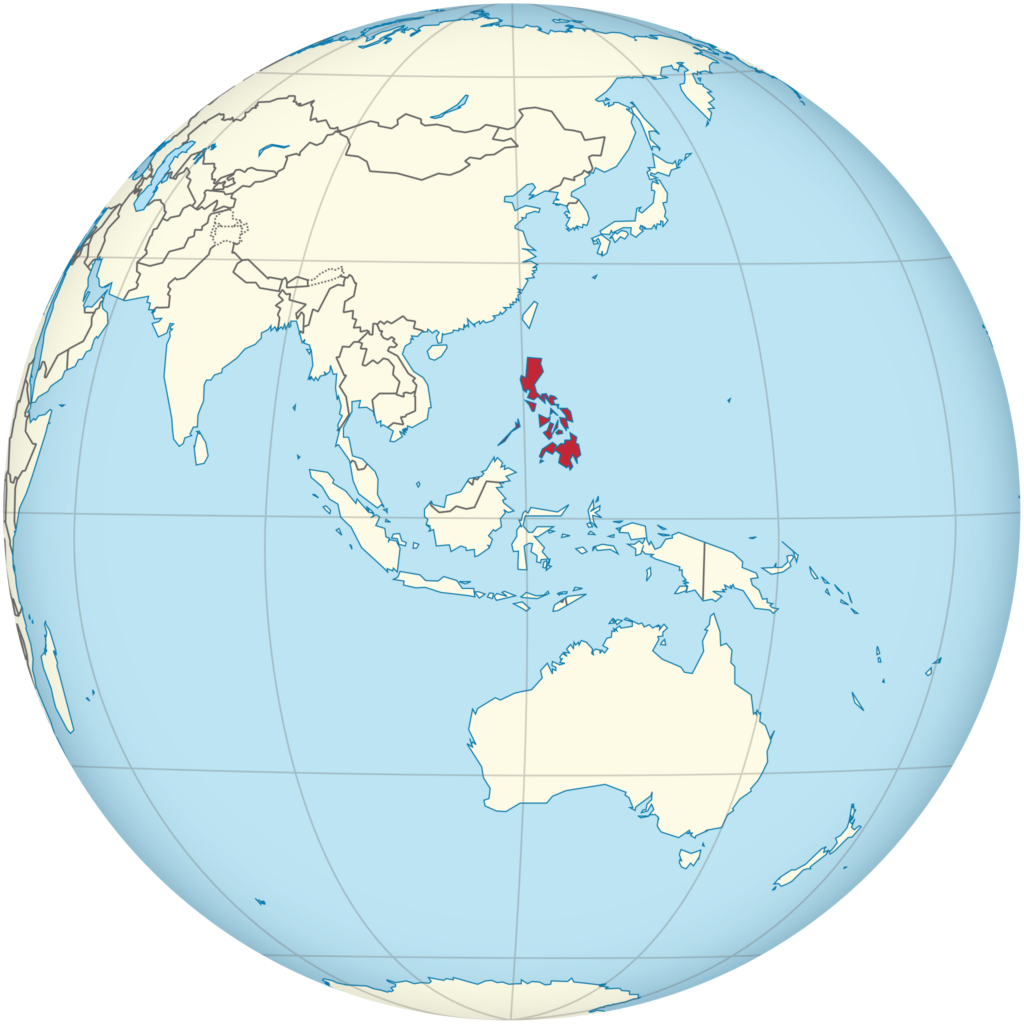
1. Explore the Best Beaches in the Philippines
The Philippines is unbeatable when it comes to world-class beaches. With its powdery white sand, crystal-clear waters, and idyllic settings, it’s no surprise that many of its best beaches rank among the most beautiful in the world.
Boracay Island
Boracay is arguably the most renowned beach destination in the Philippines. Famous for its breathtaking White Beach, spanning more than four kilometers, this island provides the ideal combination of relaxation and water sports. From lounging on the beach and enjoying the sunset to engaging in water sports like kite surfing, parasailing, and paddle boarding, Boracay has it all. In addition, there are plenty of restaurants and bars offering delicious Filipino cuisine.
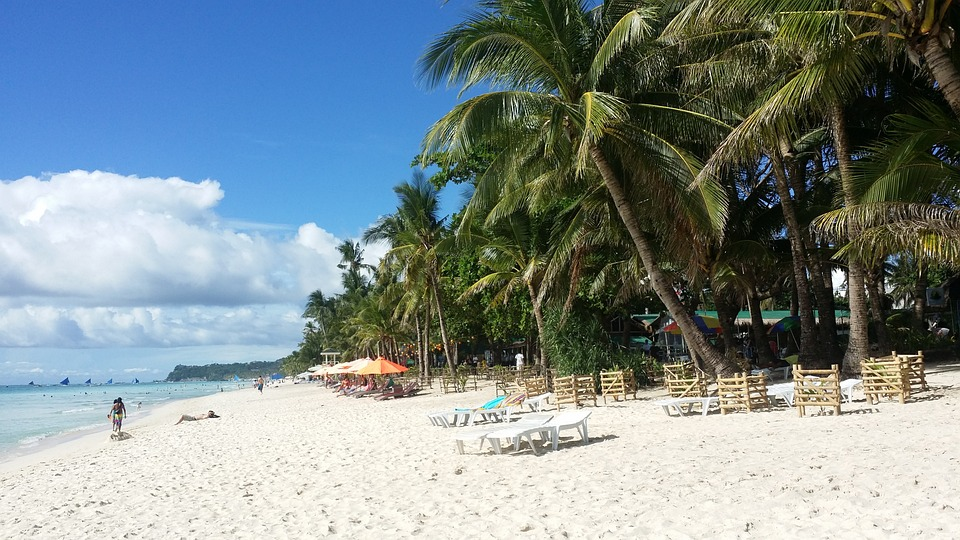
Palawan’s El Nido and Coron
El Nido and Coron are two of Palawan‘s most popular beach destinations. These areas are famous for their dramatic limestone cliffs, crystal-clear lagoons, and vibrant marine life. El Nido is perfect for island hopping, where you can explore hidden lagoons, secret beaches, and secluded caves. Coron is renowned for its beautiful wreck dives, coral reefs, and tranquil lakes like Kayangan Lake, one of the cleanest lakes in Asia.
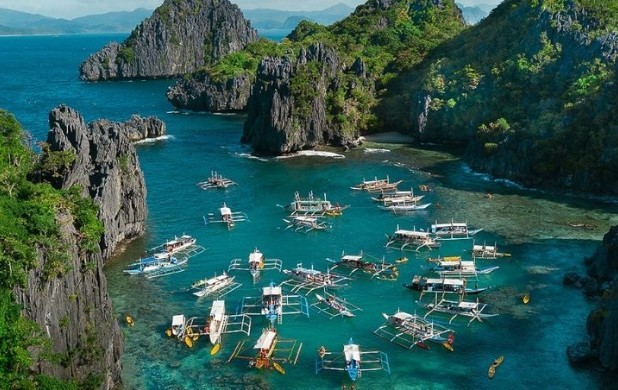
Siargao Island
Siargao, a hidden gem in the Philippines, is best known for being the surf capital of the country. Cloud 9 is a globally recognized surf destination that draws surfers from all over the world. Even if you’re not into surfing, Siargao offers a laid-back atmosphere, beautiful beaches like General Luna, and stunning natural wonders like the Sugba Lagoon and Magpupungko Rock Pools.
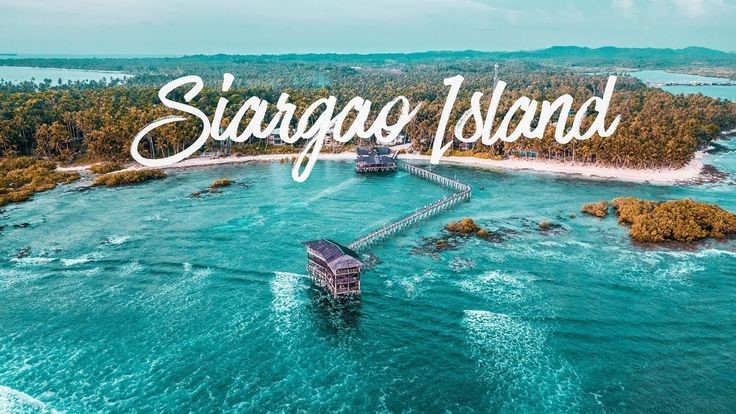
2. Go Island Hopping in the Philippines
Island hopping is one of the top activities to experience in the Philippines. The country is home to numerous islands and islets, each offering unique landscapes and ecosystems. Whether you’re exploring the remote islands of Palawan or hopping between the Visayan islands, island hopping is a must-do experience.
Hundred Islands, Pangasinan
The Hundred Islands National Park is located in Pangasinan, and it’s made up of over 100 islands scattered across the Lingayen Gulf. This national park is a perfect spot for island hopping, offering opportunities for snorkeling, kayaking, and even visiting historical sites like the Imelda Cave and Governor’s Island. You can also enjoy beach camping, and the surrounding waters are home to a variety of marine life.
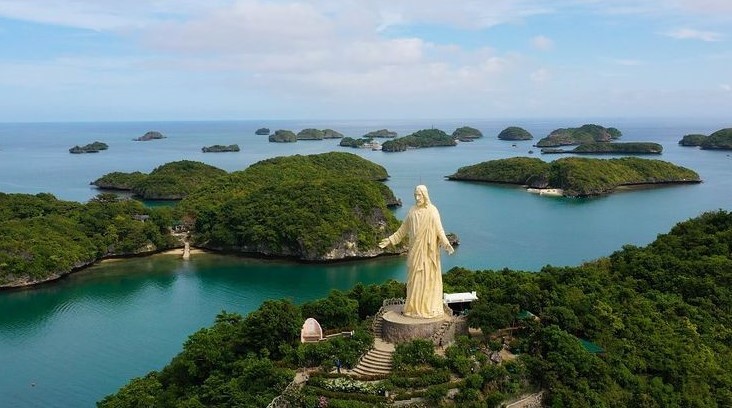
Taal Volcano and Lake
Taal Volcano, situated in Batangas, is considered one of the most active volcanoes in the Philippines. It’s unique because it sits in the middle of Taal Lake, creating a surreal landscape. You can take a boat ride to the island, hike up to the volcano’s crater, and enjoy panoramic views of the surrounding areas. This is one of the more unusual island-hopping adventures that combines both a volcano trek and a scenic lake cruise.
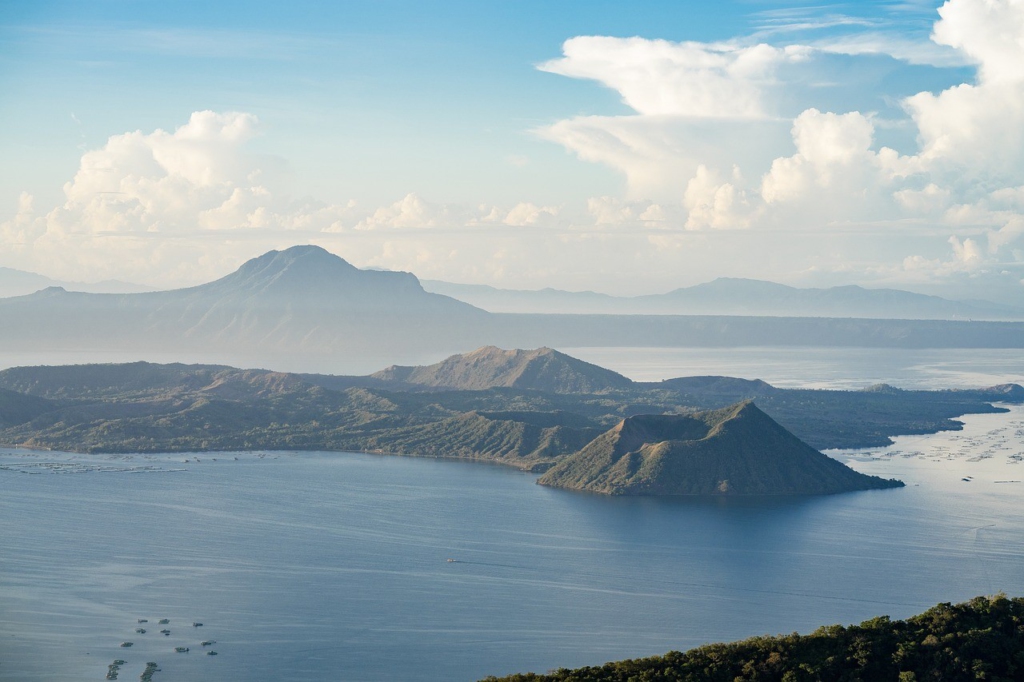
3. Discover the Historical and Cultural Landmarks in the Philippines
The Philippines is rich in history and culture, with many historical landmarks that reflect its colonial past and indigenous traditions. Exploring these sites offers visitors a chance to learn more about the country’s diverse heritage.
Intramuros, Manila
Intramuros, often referred to as the “Walled City,” is the historic heart of Manila and its oldest district. It’s a historical area that served as the capital of Spanish colonial rule for over 300 years. Here, you can visit significant landmarks such as Fort Santiago, San Agustin Church (a UNESCO World Heritage Site), and Casa Manila, which showcases the lifestyle during the Spanish era. Walking through Intramuros will transport you back in time, providing a glimpse into the country’s colonial past.
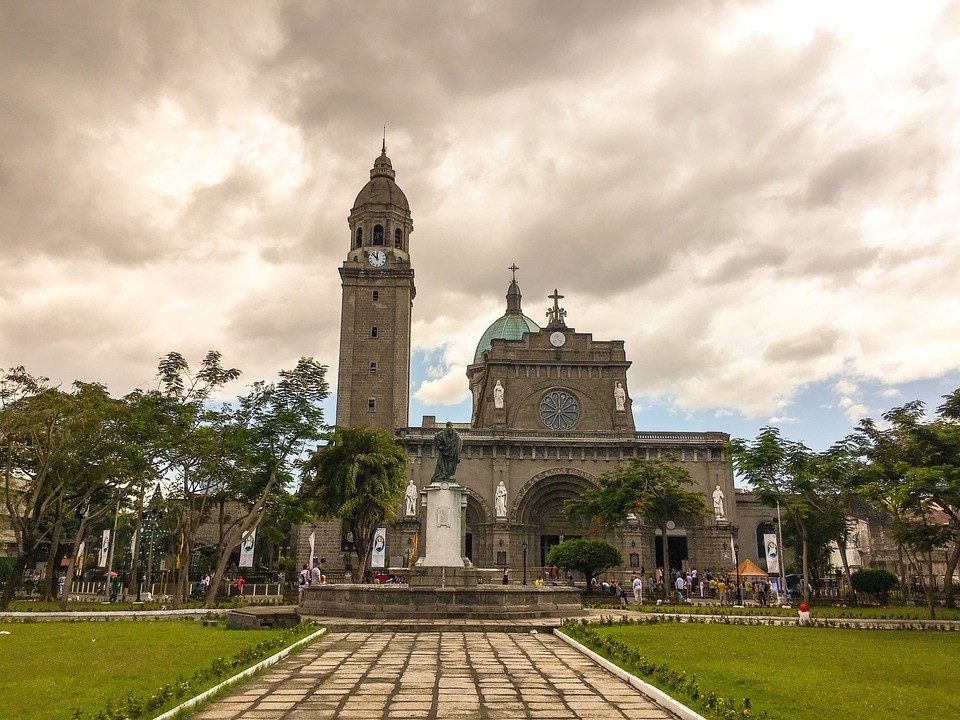
Vigan City
Vigan, a UNESCO World Heritage Site, stands as one of the most well-preserved Spanish colonial towns in the Philippines. Located in Ilocos Sur, it features cobblestone streets, colonial-style architecture, and horse-drawn carriages. Vigan is known for its cultural heritage, and you can visit landmarks such as St. Paul’s Cathedral, Plaza Salcedo, and the Syquia Mansion. Exploring the town offers a great opportunity to witness Filipino culture, art, and history.
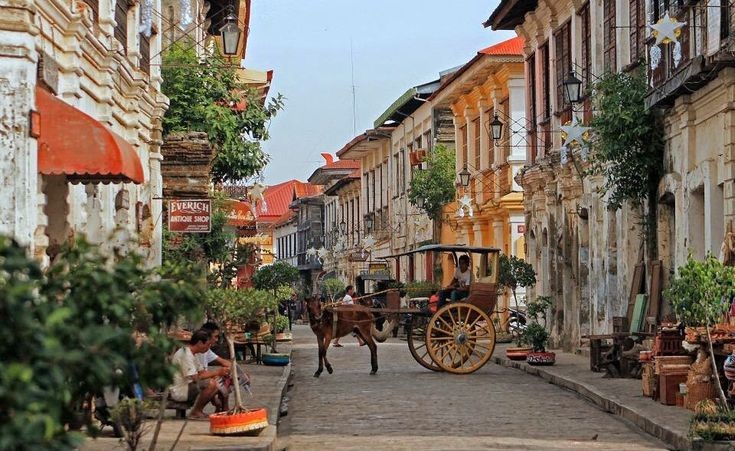
4. Experience Adventure Activities in the Philippines
For thrill-seekers, the Philippines offers plenty of adrenaline-pumping activities. From diving with whale sharks to hiking volcanoes, there’s no shortage of outdoor adventure in this tropical paradise.
Diving with Whale Sharks in Donsol
Donsol, located in Sorsogon, is one of the best places in the world to interact with whale sharks. These gentle giants, also known as “butanding,” visit the waters off Donsol from November to June. Tour operators offer eco-friendly whale shark interaction programs, where you can swim with these magnificent creatures in their natural habitat. This is one of the most exciting wildlife encounters in the Philippines.
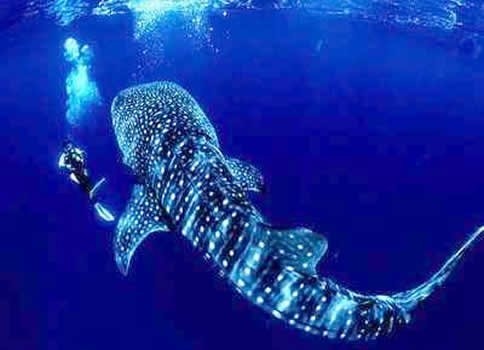
Hiking Mount Apo
If you’re an avid hiker, trekking to the top of Mount Apo, the highest peak in the Philippines, should be on your list. Mount Apo, situated in Mindanao, rises to 2,954 meters and presents one of the most demanding climbs in the Philippines. The trek takes you through diverse ecosystems, including tropical rainforests, volcanic craters, and alpine meadows, offering spectacular views along the way. Reaching the summit is a rewarding experience for seasoned hikers.
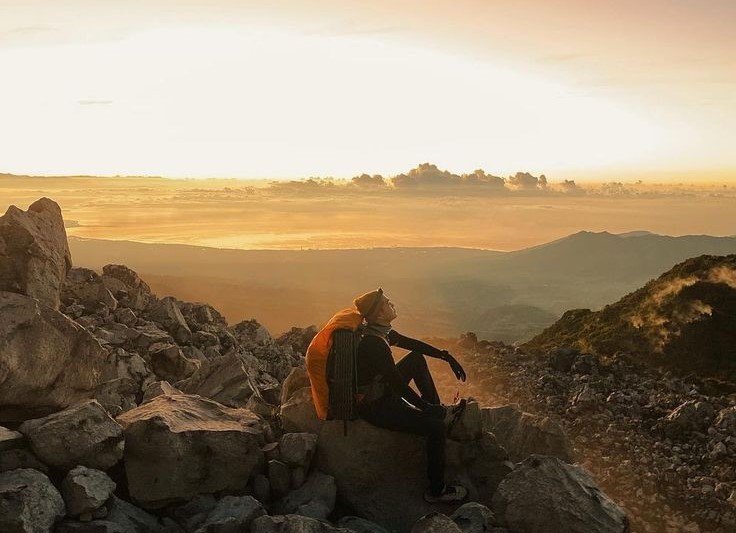
Caving and Exploring Underground Rivers
The Philippines is home to many caves, but one of the most famous is the Puerto Princesa Underground River in Palawan. This UNESCO World Heritage Site is a natural wonder, and you can take a boat tour through the underground river, which winds its way through limestone formations and caves. It’s a surreal experience and an excellent way to explore the country’s unique geology.
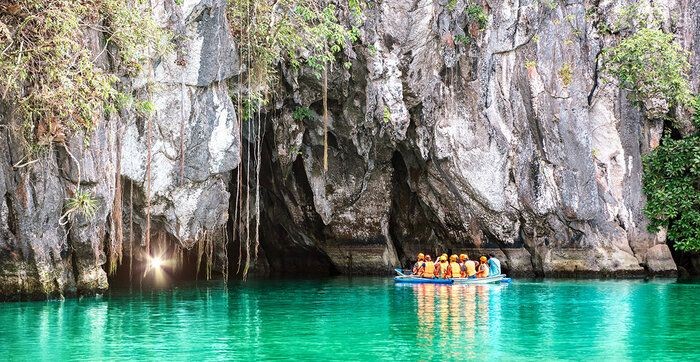
5. Indulge in Filipino Cuisine
A trip to the Philippines would be incomplete without tasting the variety and richness of Filipino cuisine. Known for its fusion of flavors influenced by Malay, Spanish, Chinese, and American cultures, Filipino food is as diverse as its people. Here are some must-try dishes:
Adobo
Adobo is perhaps the most iconic Filipino dish, made with pork or chicken marinated in soy sauce, vinegar, garlic, bay leaves, and peppercorns. It is simmered slowly to achieve a tender, flavorful, and aromatic dish with a perfect balance of savory and tangy flavors. Every region in the Philippines has its own variation of adobo, making it an essential part of the local culinary experience.
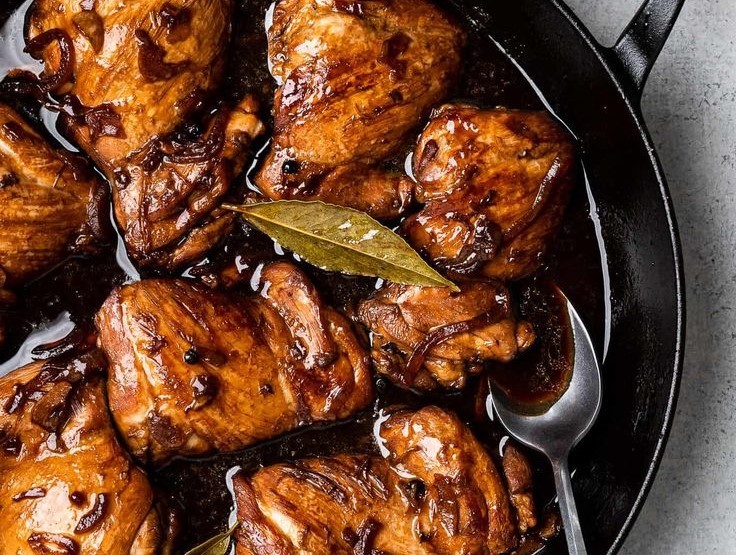
Lechon
Lechon, or roasted pig, is often the centerpiece of celebrations in the Philippines. The pig is cooked over an open flame until the skin is crispy and golden. The meat is tender and juicy, and it’s often served with a vinegar-based dipping sauce. If you visit Cebu, don’t miss the chance to try Cebu-style lechon, which is famous for its distinct flavor.
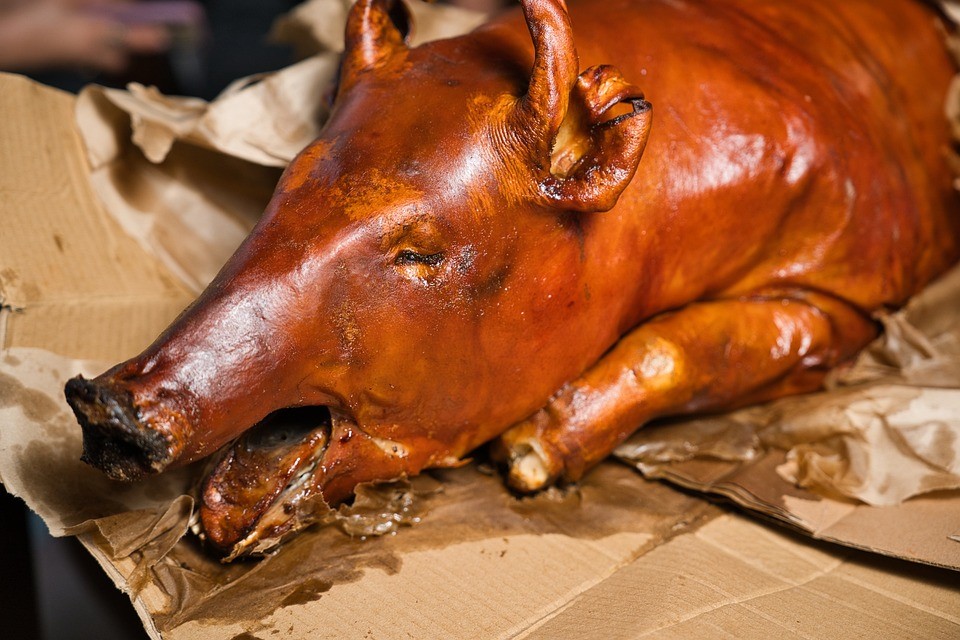
Halo-Halo
For dessert, indulge in halo-halo, a vibrant and refreshing blend of shaved ice, sweet fruits, jellies, beans, leche flan, and ube ice cream. It’s the perfect treat to cool down during the hot tropical days.

6. Discover the Hidden Gems of the Philippines
While famous tourist spots like Boracay and Palawan are a must-visit, the Philippines also has its share of hidden gems that are off the beaten path. Exploring these hidden gems offers a more intimate and authentic travel experience.
Lake Taal
Lake Taal, located in Batangas, is a picturesque volcanic lake with stunning views of the Taal Volcano. It’s not as crowded as some of the more famous destinations, making it perfect for a peaceful escape. You can take a boat ride to the island, hike to the crater, or simply relax by the lakeside and enjoy the serene surroundings.
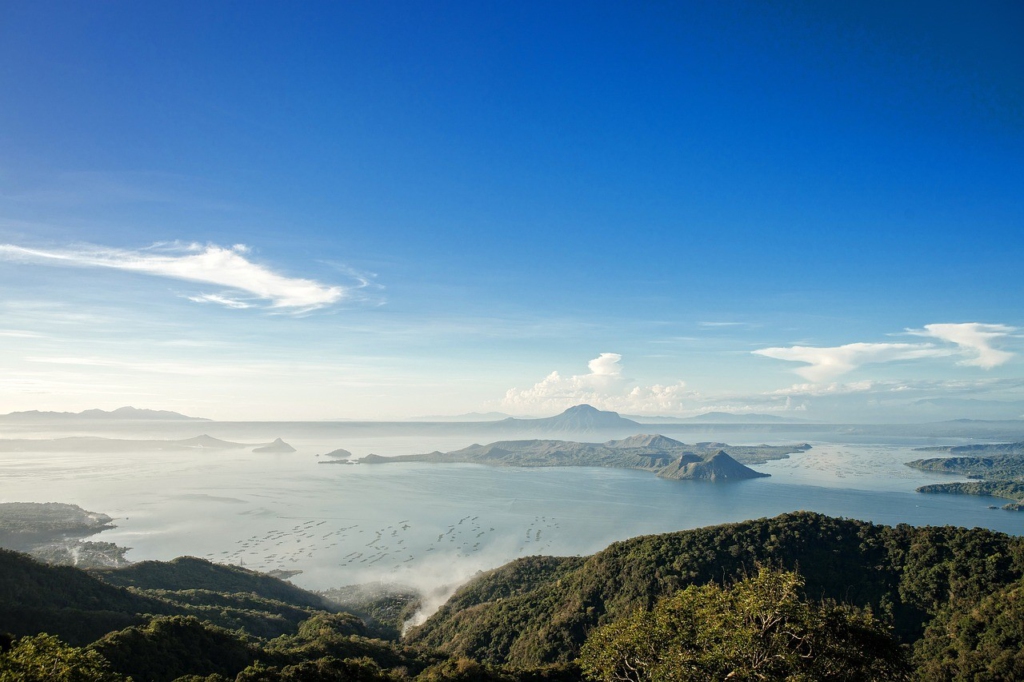
Candaba Swamp
Nestled in Pampanga, Candaba Swamp is a hidden ecological gem in the Philippines. Renowned for its birdwatching opportunities, especially during migration season, this swamp becomes a sanctuary for a variety of birds, including ducks, herons, and other migratory waterfowl. Its peaceful atmosphere makes it the perfect spot for nature lovers and photographers seeking a serene escape.
7. Enjoy Snorkeling and Diving in the Philippines
The Philippines is home to some of the most exceptional diving and snorkeling spots on the planet. Its abundant marine life, colorful coral reefs, and clear waters make it an underwater haven for enthusiasts.
Tubbataha Reefs Natural Park
Tubbataha Reefs, nestled in the Sulu Sea, is a UNESCO World Heritage Site and is widely regarded as one of the most stunning and sought-after diving destinations in the world. The reefs are filled with a variety of marine species, including sharks, rays, and vibrant coral gardens. Diving here is an unforgettable experience, and it’s only accessible by live-aboard boat trips, ensuring that the area remains pristine.
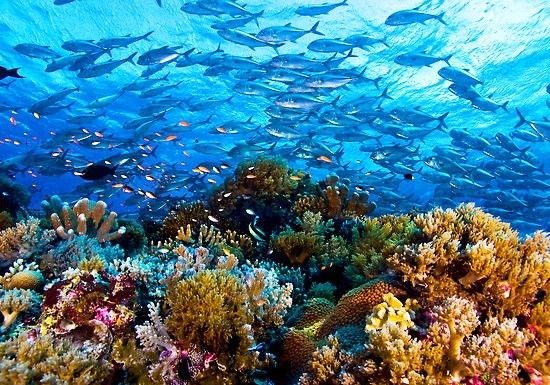
Apo Island
Apo Island, located off the coast of Negros Oriental, is another diving hotspot. Known for its protected marine sanctuary, Apo Island offers some of the best snorkeling and diving experiences in the Philippines. Swim with sea turtles, explore vibrant coral reefs, and enjoy crystal-clear waters in this tropical paradise.
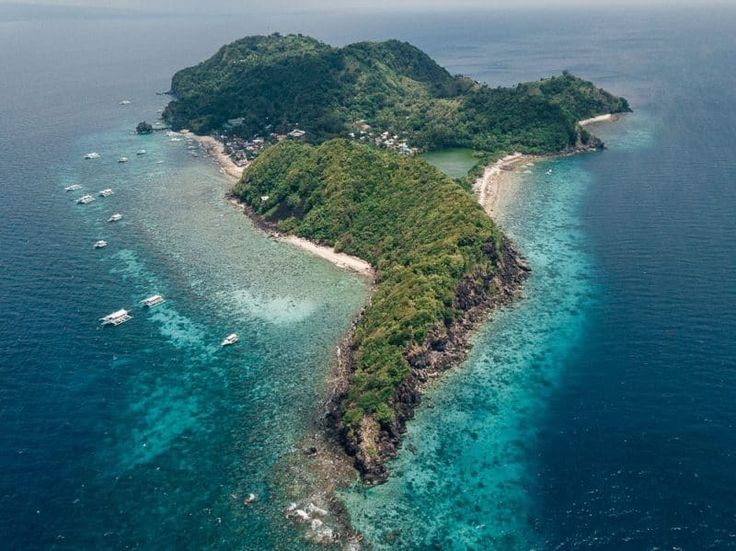
8. Visit the Historical Town of Cebu
Cebu, one of the most historical cities in the Philippines, offers a mix of cultural landmarks, natural wonders, and modern attractions. Here, you can discover some of the most important historical sites in the country.
Magellan’s Cross
Magellan’s Cross stands as a significant symbol of the arrival of Christianity in the Philippines, marking a pivotal moment in the nation’s religious history. This historic site is located in Cebu City and commemorates the spot where Portuguese explorer Ferdinand Magellan planted a cross in 1521. It’s a significant landmark in Philippine history and is now housed in a small chapel in the city.
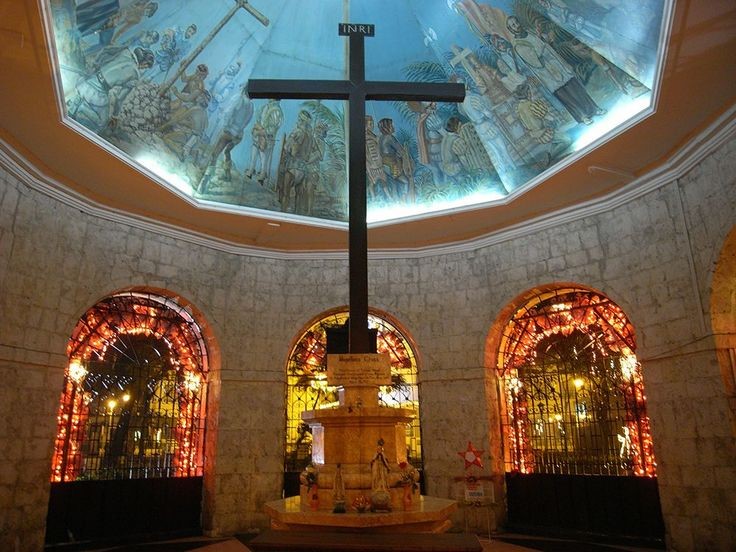
Fort San Pedro
Fort San Pedro, also located in Cebu, is a Spanish-era fort built to protect the island from invaders. Today, it serves as a museum where you can learn about Cebu’s colonial past and its role in the history of the Philippines.
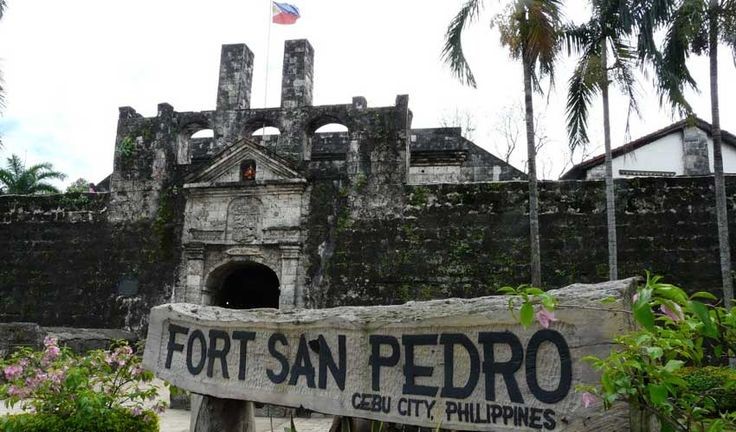
9. Unwind in the Natural Wonders of the Philippines
Beyond the beaches and bustling cities, the Philippines is home to many natural wonders that offer opportunities for relaxation and exploration.
Banaue Rice Terraces
The Banaue Rice Terraces are a UNESCO World Heritage Site and one of the most iconic sights in the Philippines. Carved over 2,000 years ago, these terraces are a remarkable display of the ingenuity and craftsmanship of the Ifugao people, showcasing their deep connection to the land. You can visit the terraces, hike through the lush valleys, and interact with the local communities that continue the age-old practice of rice farming.
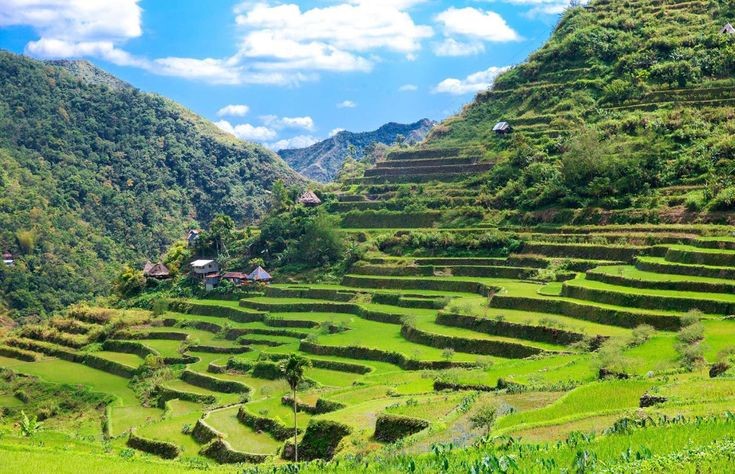
Chocolate Hills
Found in Bohol, the Chocolate Hills are a stunning natural wonder, consisting of over 1,200 grass-covered mounds. During the dry season, the grass turns brown, giving the hills their iconic chocolate-like hue. You can climb to the top of a viewing platform for a panoramic view of the hills.
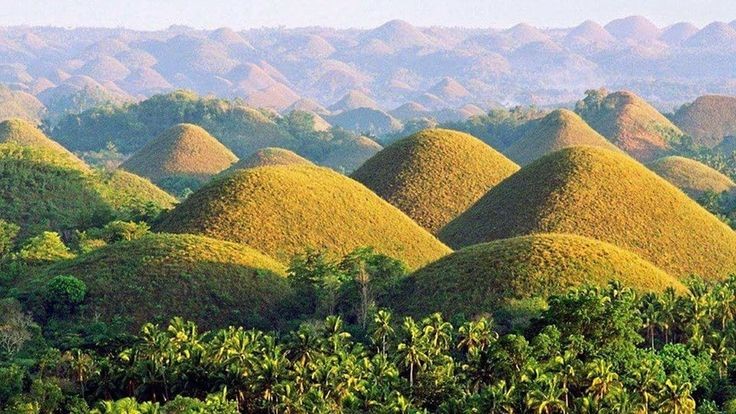
10. Enjoy the Vibrant Festivals of the Philippines
A great way to immerse yourself in Filipino culture is by participating in the vibrant festivals held year-round. These celebrations highlight the Philippines’ rich traditions, lively music, and energetic dance performances.
Sinulog Festival
The Sinulog Festival in Cebu is one of the Philippines’ most renowned and spectacular celebrations. Held every January, the festival honors the Santo Niño (the Holy Child) with a street parade featuring vibrant costumes, lively dances, and religious ceremonies. It is a tribute to faith, cultural legacy, and togetherness.
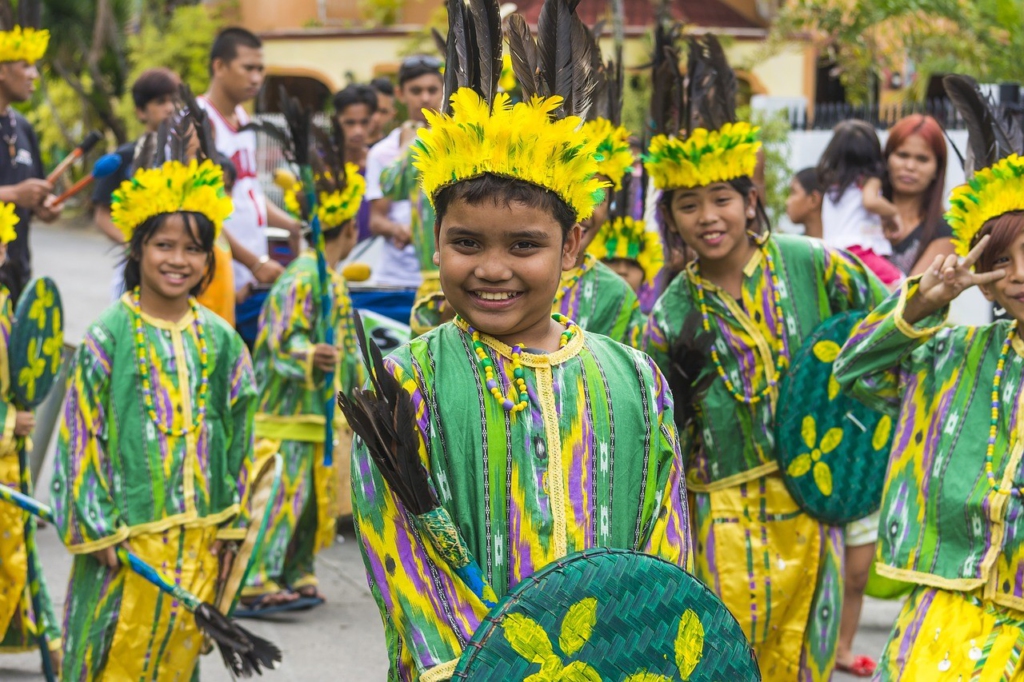
Pahiyas Festival
Held in Lucban, Quezon, the Pahiyas Festival is a celebration of the harvest. The town’s streets are adorned with vibrant and inventive decorations crafted from agricultural goods such as rice, fruits, and vegetables. It’s a great way to experience the Filipino spirit of hospitality and creativity.
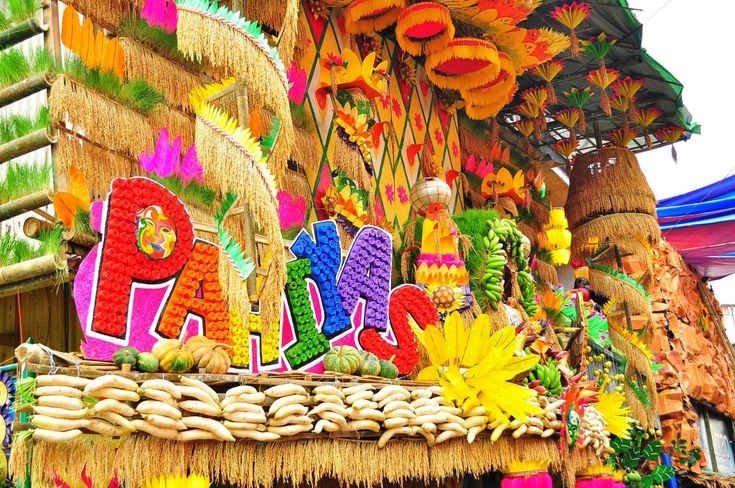
Conclusion: The Best Things to Do in the Philippines
The Philippines is more than just a travel destination; it’s an experience that lingers in your heart long after your trip ends. From its postcard-perfect beaches to its vibrant festivals and flavorful cuisine, the country offers something for every traveler. Whether you find yourself marveling at the stunning Chocolate Hills in Bohol, swimming with whale sharks in Donsol, or enjoying the festive atmosphere of the Pahiyas Festival in Lucban, each adventure adds a new chapter to your Philippine story.
What truly distinguishes the Philippines, beyond its stunning landscapes, is the warmth and spirit of its people. Filipinos are known for their warmth, kindness, and hospitality, making visitors feel like part of the family. This sense of community is evident in the celebrations, traditions, and even the daily rhythm of life. Whether you’re sharing a meal of lechon at a local fiesta or learning about the country’s rich history in Vigan or Intramuros, the people are what make your experience truly unforgettable.
The Philippines presents countless opportunities for exploration, making it a paradise for nature enthusiasts. Dive into the crystal-clear waters of Tubbataha Reefs or Apo Island, hike to the summit of Mount Apo, or simply relax on the powdery sands of Boracay. Food enthusiasts will savor every bite of Filipino dishes, from the savory adobo to the refreshing halo-halo. Meanwhile, cultural explorers will find endless inspiration in the country’s historical landmarks and indigenous traditions.
As you plan your journey to the Philippines, remember that every corner of this archipelago has its own story to tell. Take the time to savor its beauty, embrace its culture, and immerse yourself in its rhythm. The Philippines isn’t just a destination to visit—it’s a place to experience, enjoy, and remember for a lifetime. Start your adventure today and discover why the Philippines is a paradise waiting to be explored.
